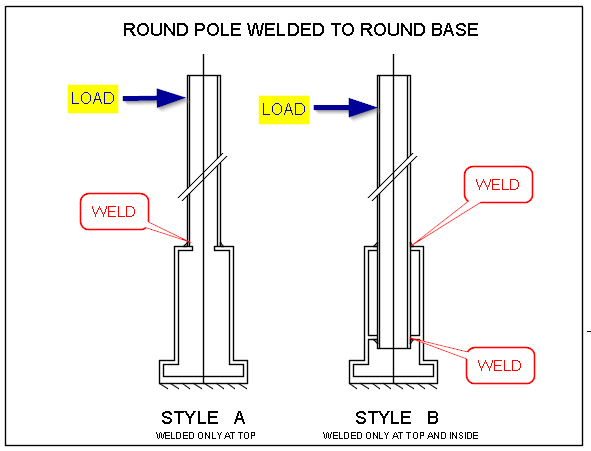greencircle
Mechanical
Guys,
I need some help with basic statics here. Please see the image attached. While calculating bending force due to loading how can I take advantage of the Style B over Style A.

Since there are 2 welds holding in the style B, it should better design compared to style A. But, how can I alter the formula for taking this advantage?
Thanks,
GC
I need some help with basic statics here. Please see the image attached. While calculating bending force due to loading how can I take advantage of the Style B over Style A.

Since there are 2 welds holding in the style B, it should better design compared to style A. But, how can I alter the formula for taking this advantage?
Thanks,
GC
